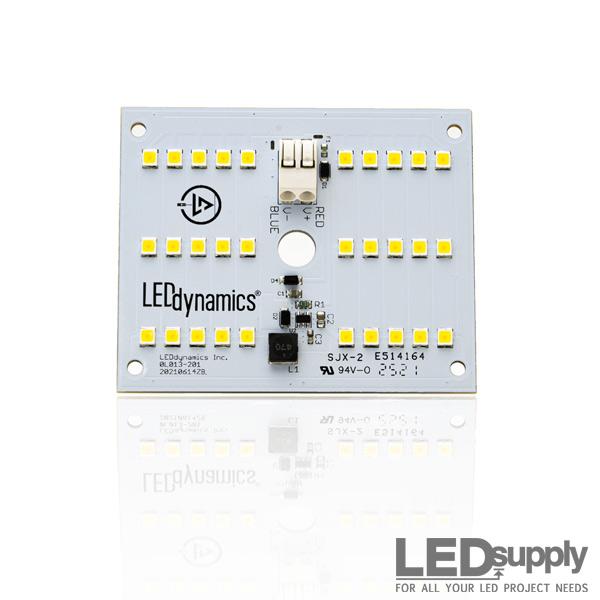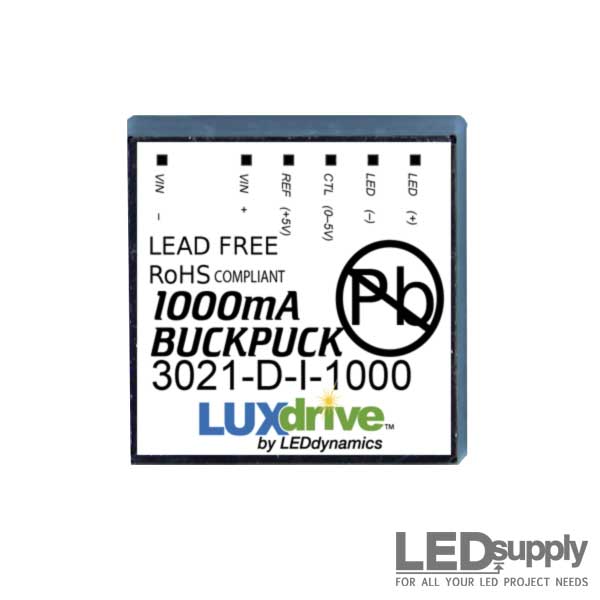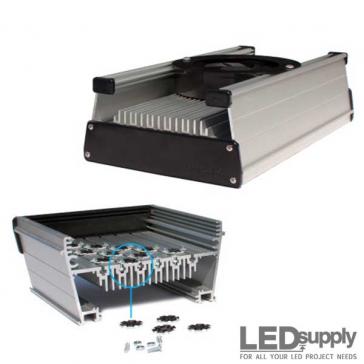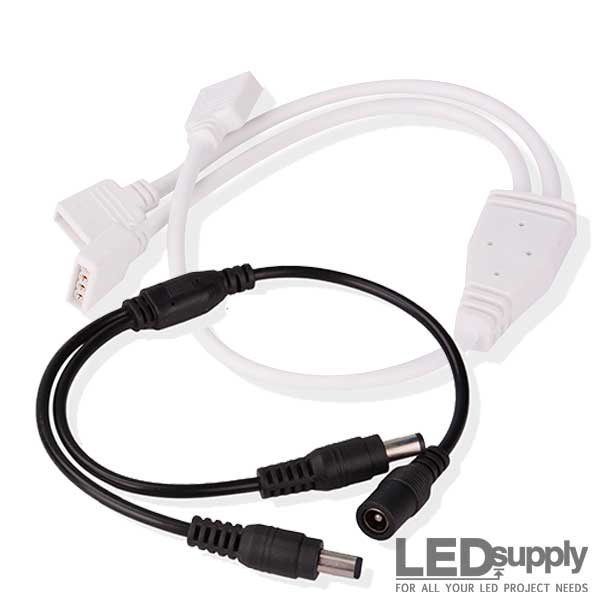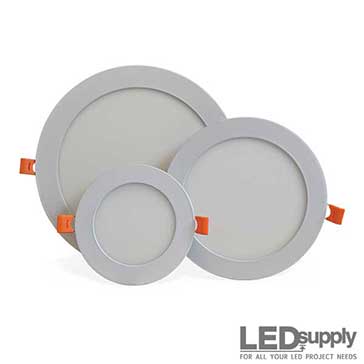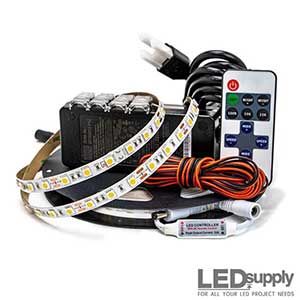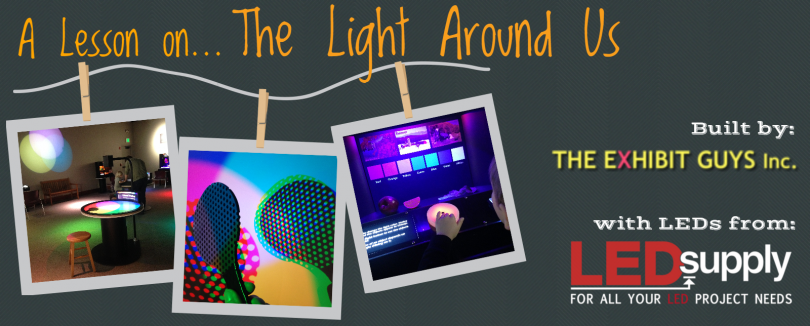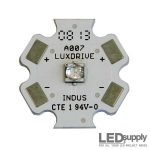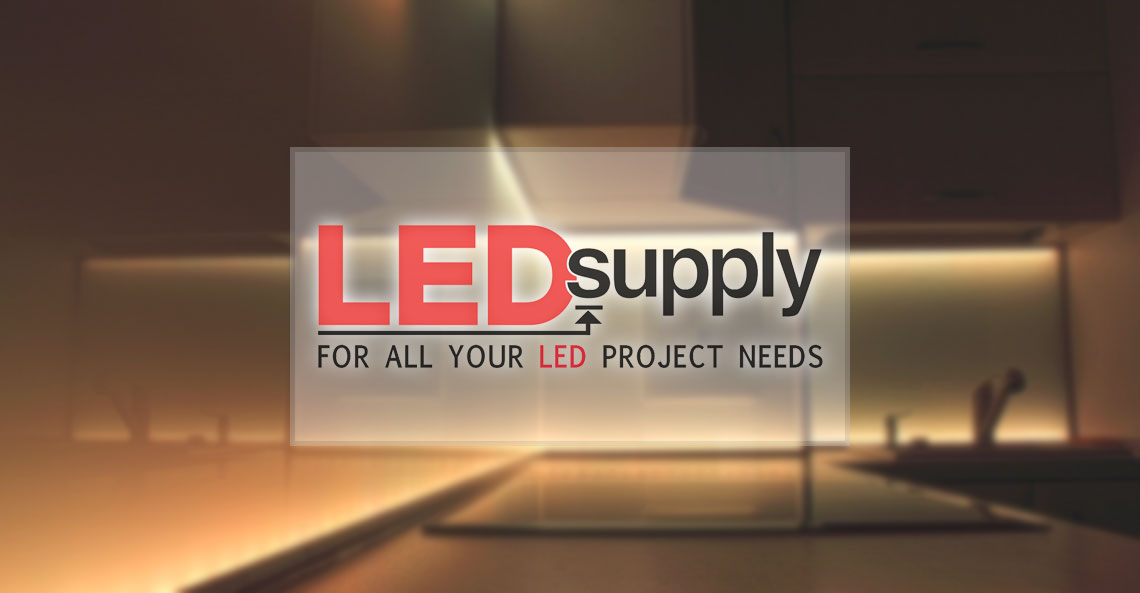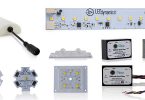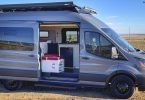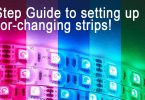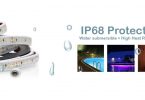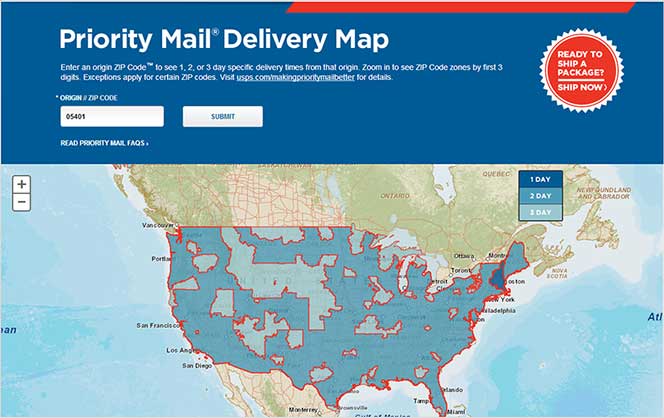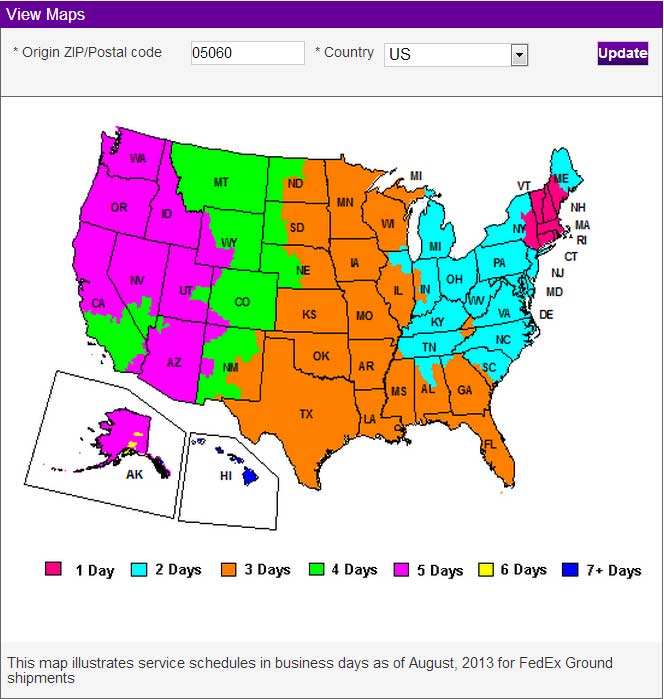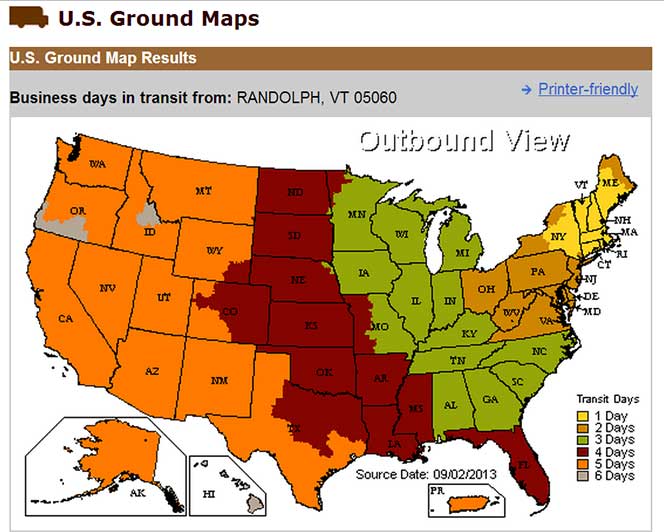Today I’ve got a little something cool to announce and talk about. The Light Around Us: Color, Reflections, and Invisible Energy is an exhibition that explores both the physics of light and how we see it. I was contacted about this exhibit by a loyal customer of LEDSupply, Tom Nielsen. Tom is a partner in a small company called The Exhibit Guys out of Tucson, Arizona. They specialize in making exhibits for science centers and children’s museums and recently completed this project at the Montshire Museum of Science, right in our backyard in Norwich, VT. They used a lot of our products in completing these exhibits so we thought it would be cool to show what they did, what they aim to teach kids about light, and how LEDs are perfect for these projects.
Light is what carries information from the world to our eyes and brains. Seeing colors and shapes is second nature to us, yet light is a perplexing phenomenon when we study it more closely. There are seven interactive exhibits that make up The Light Around Us. They demonstrate some of the common properties of light such as absorption, reflection, refraction and diffraction. Visitors have the opportunity to bend and bounce light rays using lenses and mirrors, block or change the color of everyday objects, separate white light into colors and create shadows of overlapping color.
The Exhibit Guys were responsible for making 5 of these exhibits and Tom was nice enough to fill me in on what they accomplished, how they wanted to show this to kids, along with what we love the most: what products they used and how they were able to accomplish their needs with LEDs. Below I will talk about each exhibit, explaining whats so cool about it and what the purpose is.
Colored Shadows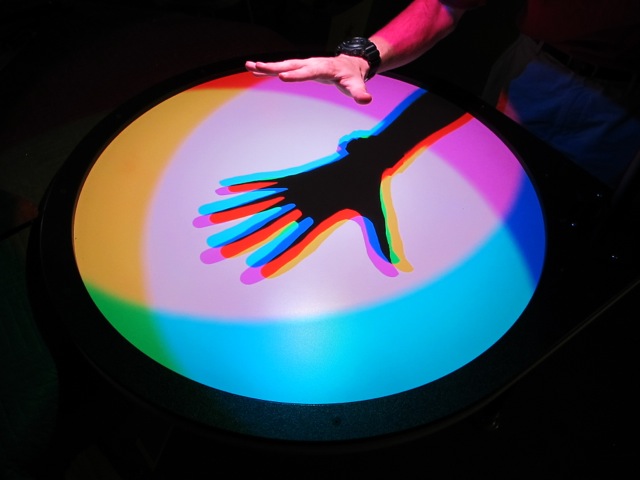
This is an exhibit that can be found in most science museums. In the past The Exhibit Guys created this exhibit with three 150 watt spot lights along with red, green and blue theater gels. The LED upgraded Color Shadows uses three of our Cree Color star boards (red, green & blue).
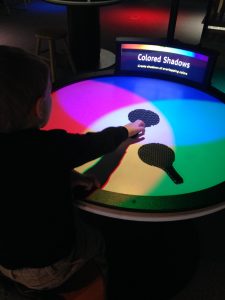
Some of the LEDSupply family enjoying the exhibit
The three Cree star boards are put in a small heatsink fixture mounted a couple of feet above a white table. The three beams of colored light are aimed at the white table so they overlap. These three primary colors mix on the table so it looks white to the eye. When you put your hand or an object out over the table the shadows that result are a variety of colors, not black or a dark gray like you’d expect shadows to be. The only place you see black or dark gray is right at the center, where all light is blocked. Around the edges of the black shadow where only two colors are blocked you can see red, blue and green. Then furthermore where only one color is blocked you can see cyan (when blue and green is mixed), yellow (red and green mixed), and magenta (red and blue mixed). With this simple activity there is a complete description of the theory of color mixing. The Exhibit Guys hope visitors go away wondering why the shadows fall like this and are curious enough to learn the different colors through mixing.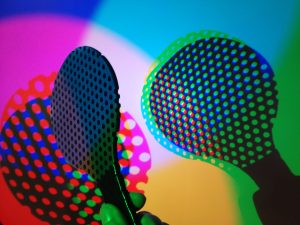
The fantastic colors and efficiency of the LEDs really helped for this exhibit. The colors were bright and strong for mixing and showing the different colors that can be created by just these three primary colors. The efficiency helped as it made it less expensive to run as the lights will be on all through the day.
Light Rays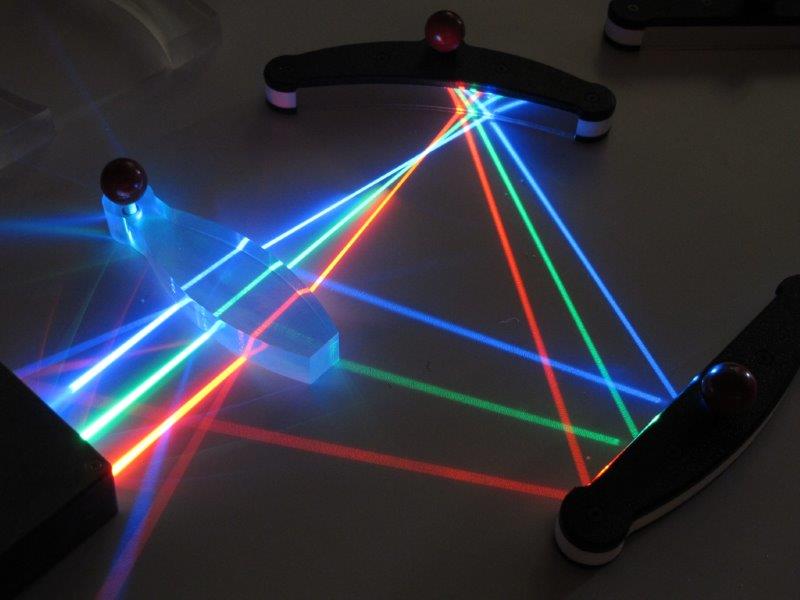
This is another exhibit that uses our colored Cree LEDs. The Exhibit Guys created special optics so that from the LEDs they could make 3 parallel, laser like beams of light that run across a white table. On the table are lenses, mirrors and prisms in various shapes so that visitors can experiment with how these objects can be used to bend and reflect light.
The Spectrum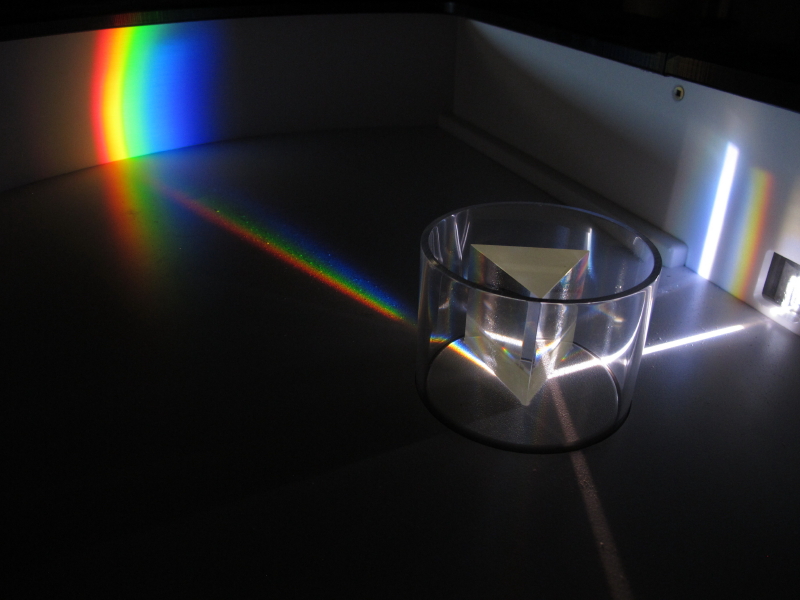
This exhibit is kind of the opposite of the Colored Shadows exhibit. It shows how white light can be separated into its constituent colors by passing through a prism (Pink Floyd anyone?). For this presentation The Exhibit Guys tried using our brightest Cree LEDs in prototyping but they still weren’t bright enough for what they needed. On the final product they used an array of 7 Cree XQE chips stacked closely together to form what is called a line source. They used one of our LUXdrive FlexBlocks to drive the line source. You can see from the picture the way it divides the light and bends it, a pretty cool presentation!
Color Chamber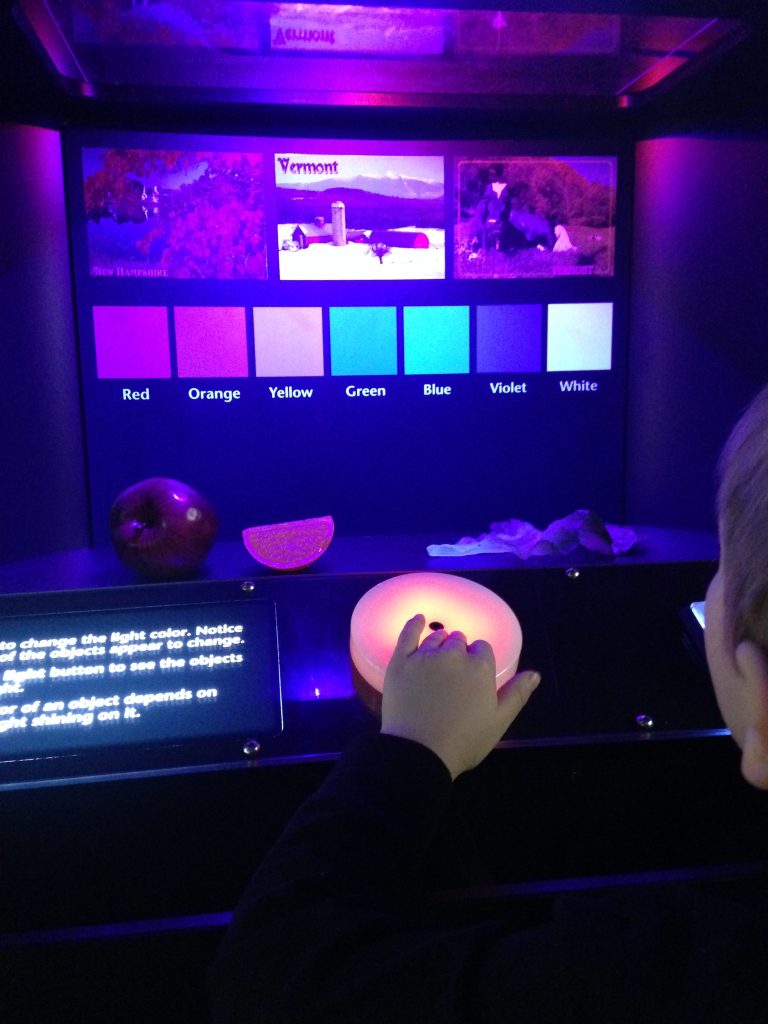
This exhibition uses our LEDs in white, red, green, blue and even UV. From the video below you can probably get the point of the exhibit. The chamber holds some everyday products/toys which these LEDs are shining on. Spinning a wheel causes the lights to cycle through all the possible color combinations so the color of objects inside the chamber changes quite dramatically to our eyes. For instance under the UV light, oranges will turn black, greens will turn yellow, and invisible ink will show, but when you press the white button on the side of the exhibit you can see the true colors. This shows how light effects the colors we see and how white light will show the colors how they are supposed to be to the natural eye.
Rotating Filters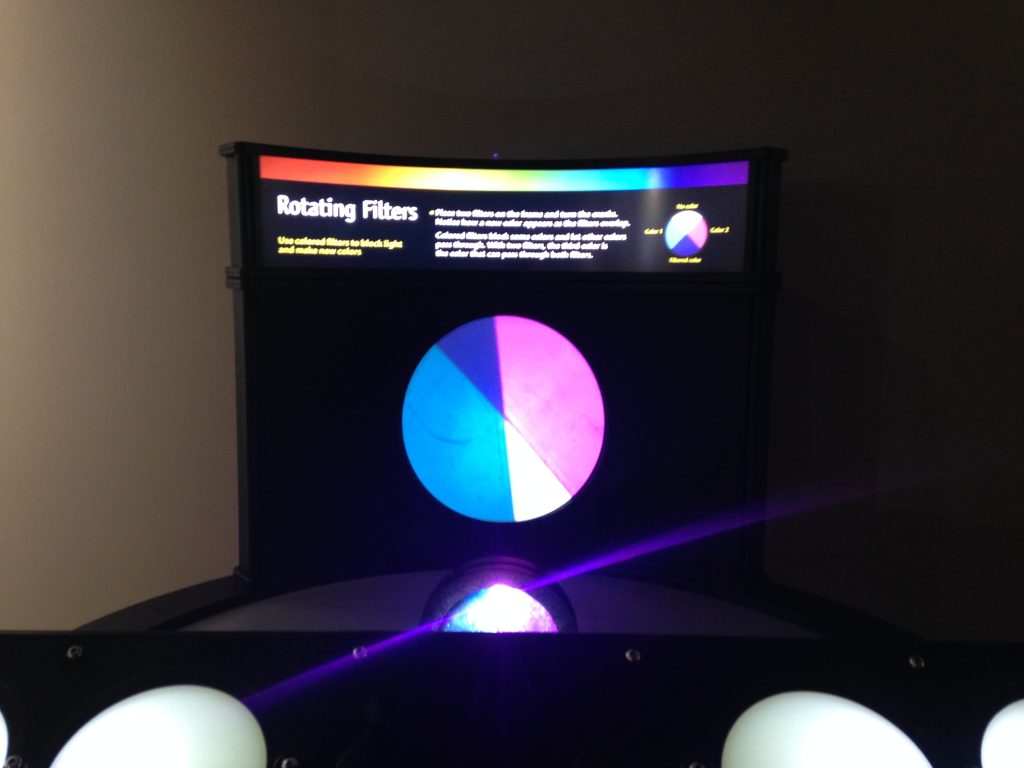
This exhibit uses a white LED to project light onto a screen. Visitors can place different color filters on a contraption that allows you to rotate them so that the colors overlap. This exhibit is meant to show how filters subtract colors – the opposite of the way colors in paint or in ink add. For example, if you mix red and green paint, you get yellow. But as you can see in the pictures that when red and green filters overlap, most of the light is blocked—and only a little blue gets through.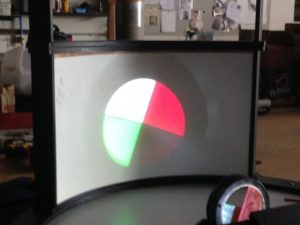
The Exhibit Guys and the staff at Montshire collaborated on this project. The Exhibit Guys sent prototypes of all the ideas which Montshire then set up for some tests and evaluations with their audience. After a few rounds of refining the ideas using feedback from the staff and customer base, they agreed on the final designs. Montshire then added to the educational value of the exhibit by back lighting signs explaining each booth.
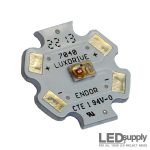
Luxeon Amber LED Star
There are many advantages that LEDs hold for this exhibit in particular. First off, the colors really stand out and make it easy to show things like color mixing and the effect different color lights have on our perceptions of other colors. The Exhibit Guys love the color of the LEDs, saying they are very ‘rich and eye-catching.’
They’ve been using our LED stars ever since the Luxeon Stars were first available. Now they mainly use Cree LEDs because of the higher brightness and efficiency but still use Luxeon Rebel’s when they need a variety of colors like amber, cyan, deep red, etc.
Another way LEDs work far better for these exhibits is their size. The tiny size of the light emitting area – just 1.6 mm in the case of Cree’s smallest dies – makes it possible to place the point of light at the exact position required. They are then able to be focused very well and directed to the precise point they need to be, casting shadows that are incredibly sharp.
Lastly, The Exhibit Guys just love working with LEDs because it’s a technology that is currently in rapid development. Tom says there is a built-in excitement to be using them, in particular for a science museum where innovation is an important part of the culture.
The Light Around Us exhibit will be on display through May 10. The exhibit will then be on the road for a traveling show but should be back in the Montshire Museum sometime in August. I highly recommend you go check out all Montshire has to offer, especially if you have little ones. This is a great exhibit highlighting LEDs and teaching on the different lighting and color factors. Thanks for tuning in and one last final shout out to Tom Nielsen and The Exhibit Guys for making exhibits like this for all our enjoyment.

